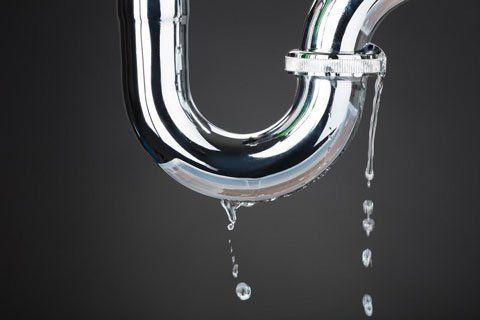Just how to Check If Your Home Has a Covert Leakage
Just how to Check If Your Home Has a Covert Leakage
Blog Article
We've uncovered this great article on Leaking water lines listed below on the web and believe it made sense to talk about it with you over here.

Early detection of dripping water lines can alleviate a potential calamity. Some small water leakages might not be visible.
1. Take A Look At the Water Meter
Examining it is a surefire way that assists you uncover leaks. If it moves, that suggests a fast-moving leakage. This means you may have a sluggish leakage that can even be underground.
2. Inspect Water Usage
Analyze your water bills and track your water usage. As the one paying it, you need to notice if there are any inconsistencies. If you identify sudden changes, in spite of your usage coinciding, it suggests that you have leakages in your plumbing system. Bear in mind, your water costs need to drop under the same range monthly. A sudden spike in your expense indicates a fast-moving leak.
A steady boost every month, even with the exact same practices, shows you have a slow leakage that's likewise slowly intensifying. Call a plumber to extensively inspect your property, specifically if you really feel a warm area on your flooring with piping beneath.
3. Do a Food Coloring Test
When it comes to water intake, 30% comes from toilets. If the color somehow infiltrates your dish during that time without flushing, there's a leak between the storage tank as well as dish.
4. Asses Exterior Lines
Don't fail to remember to check your outside water lines also. Examination spigots by connecting a garden hose. Needs to water permeate out of the connection, you have a loosened rubber gasket. Replace this and ensure all connections are limited. If you have actually got a sprinkler system, it will certainly help get it properly took a look at and preserved annually. One small leakage can squander lots of water and surge your water costs.
5. Inspect as well as Assess the Situation
Property owners must make it a habit to check under the sink counters as well as also inside closets for any bad odor or mold growth. These 2 warnings show a leakage so prompt attention is needed. Doing routine evaluations, also bi-annually, can conserve you from a significant trouble.
Examine for stainings and also weakening as many home appliances as well as pipes have a life expectations. If you presume leaking water lines in your plumbing system, don't wait for it to escalate.
Early detection of dripping water lines can mitigate a potential disaster. Some little water leakages might not be visible. Examining it is a guaranteed way that aids you discover leaks. One tiny leakage can throw away bunches of water and increase your water expense.
If you presume leaking water lines in your plumbing system, don't wait for it to intensify.
WARNING SIGNS OF WATER LEAKAGE BEHIND THE WALL
PERSISTENT MUSTY ODORS
As water slowly drips from a leaky pipe inside the wall, flooring and sheetrock stay damp and develop an odor similar to wet cardboard. It generates a musty smell that can help you find hidden leaks.
MOLD IN UNUSUAL AREAS
Mold usually grows in wet areas like kitchens, baths and laundry rooms. If you spot the stuff on walls or baseboards in other rooms of the house, it’s a good indicator of undetected water leaks.
STAINS THAT GROW
When mold thrives around a leaky pipe, it sometimes takes hold on the inside surface of the affected wall. A growing stain on otherwise clean sheetrock is often your sign of a hidden plumbing problem.
PEELING OR BUBBLING WALLPAPER / PAINT
This clue is easy to miss in rooms that don’t get much use. When you see wallpaper separating along seams or paint bubbling or flaking off the wall, blame sheetrock that stays wet because of an undetected leak.
BUCKLED CEILINGS AND STAINED FLOORS
If ceilings or floors in bathrooms, kitchens or laundry areas develop structural problems, don’t rule out constant damp inside the walls. Wet sheetrock can affect adjacent framing, flooring and ceilings.
https://www.servicemasterbyzaba.com/blog/how-to-detect-water-leakage-in-walls/

We were made aware of that article about Leaking water lines through a good friend on a different blog. Are you aware of another person who is very much interested in the subject? Take a moment to promote it. I truly appreciate reading our article about Detecting hidden plumbing leaks.
Report this page